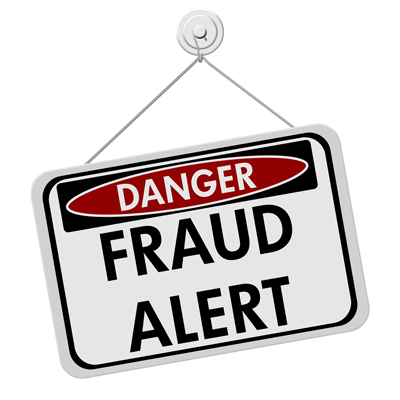A small business can be defined in many ways. The type of business focused on in this article may have between three and a hundred employees. The turnover (sales) may be anywhere between $100,000 and $20 million.
However the main criteria when considering fraud in a small business is that, apart from owners, the management team is small – perhaps between 1 and 6 people; and the team handling financial transactions (payroll, banking, accounts payable, accounts receivable) is also likely to be small – perhaps between 1 and 4.
However if there are more than two owners (say, extended family members), then fraud perpetrated by an owners against other owners is also a possibility.
The main areas where fraud is most likely:
- Theft of cash from sales
- Theft through online banking
- Theft by payment of false payables invoices
- Theft of stock
Most fraud is not particularly sophisticated. The fraud however usually relies on the fraudster being trusted by the business owners and other people being kept away from cash handling and other bookkeeping processes. The fraudster is equally likely to be a junior or senior employee.
Theft of cash from sales
There are still some businesses where a significant amount of sales are in cash. In some cases these businesses have no cash register or the use of the cash register is easily avoided. The normal controls over cash collections and banking are as follows:
- If a cash register is used, reconcile the register report to the cash counted
- Have two people count the daily cash take
- If only one person counts the cash, have a different person do the banking
- Keep copies of the register reports and compare a sample of them to the bank deposits
The main risk with cash is that some or all of a day’s takings are not banked. Also consider if customers may pay with cash where it is easy for the recipient to either avoid using the cash register or can avoid writing a receipt.
Theft through online banking
The main risk here is if authorisation of online payments only requires one person. As such there should be at least two people to authorise online payments. Each authoriser should check the documents for the payments they are being asked to authorise.
Another way to cheat the system here is to substitute the fraudster’s bank details for the legitimate supplier’s bank details. The supplier may be for infrequent supplies where the supplier is less likely to follow up on payment.
In our next post we will address other ways fraud can affect small business.

 Posted on 3,Feb |
Posted on 3,Feb |
 Posted by Anne
Posted by Anne 





There are no comments yet